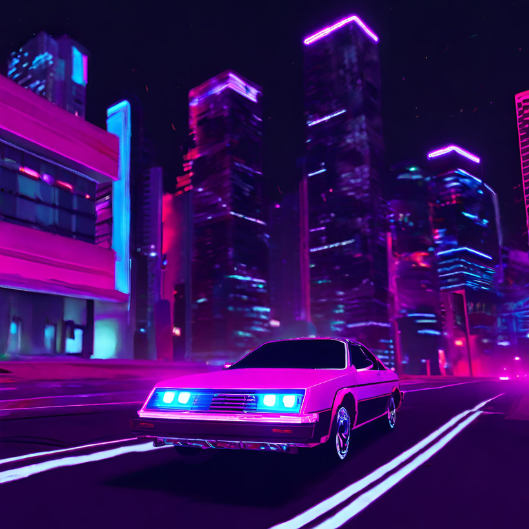The Comprehensive Guide to Developing an Indie Game: From Concept to Launch
In the ever-evolving landscape of developing an Indie Game, continue to captivate audiences with their innovation, creativity, and unique storytelling. From humble beginnings to global success stories, indie games represent the epitome of passion-driven projects brought to life by dedicated developers around the world. In this comprehensive guide, we’ll embark on a journey through the intricacies of indie game development, exploring the key steps, best practices, and invaluable insights that pave the way to creating a memorable gaming experience.
1. Crafting the Concept:
At the heart of every indie game lies a compelling concept that captures the imagination and sparks intrigue. Whether it’s a captivating narrative, innovative gameplay mechanic, or immersive world, defining a clear vision for your game is the first step towards bringing your ideas to fruition. Take inspiration from your interests, experiences, and the games that resonate with you, and infuse your project with a unique identity that sets it apart from the crowd.
2. Planning and Pre-production:
With a concept in hand, it’s time to dive into the planning and pre-production phase. This stage lays the foundation for your game’s development journey, encompassing everything from storyboarding and level design to character sketches and gameplay prototypes. Focus on refining your ideas, establishing a cohesive art style and aesthetic, and mapping out the core mechanics and features that will define your game’s identity. wheel.
3. Development and Iteration:
As the development process begins, embrace the iterative nature of game design, where experimentation, feedback, and iteration drive progress. Leverage powerful game development engines like Unity or Unreal Engine to bring your ideas to life, and collaborate with fellow developers, artists, and musicians to refine your vision. Embrace challenges as opportunities for growth, and remain adaptable to changes and revisions as your game evolves.
4. Art and Audio Direction:
Art and audio are integral components of the gaming experience, shaping the mood, atmosphere, and emotional resonance of your game. Invest time and effort into creating visually striking assets that breathe life into your world, from character designs and environmental elements to animations and special effects. Similarly, enlist the talents of composers, sound designers, and voice actors to craft an immersive audio landscape that complements your gameplay and narrative.
5. Testing and Quality Assurance:
As development nears completion, thorough testing and quality assurance become paramount to ensure a polished and enjoyable gaming experience. Engage with playtesters and beta testers to gather valuable feedback, identify bugs and gameplay issues, and fine-tune your game’s mechanics, balance, and performance. Prioritize user experience and accessibility, and strive to create a game that is intuitive, engaging, and inclusive for players of all backgrounds and skill levels.
6. Marketing and Promotion:
With your game nearing completion, shift your focus towards marketing and promotion to generate buzz and anticipation within the gaming community. Develop a comprehensive marketing strategy that encompasses social media, press releases, trailers, and community engagement initiatives to showcase your game and build anticipation leading up to launch. Leverage platforms like Steam, itch.io, and Discord to connect with potential players and build a dedicated fanbase around your project.
7. Launch and Post-launch Support:
Finally, the moment of truth arrives as you prepare to launch your indie game into the world. Celebrate the culmination of your hard work and dedication, and embrace the excitement and anticipation of sharing your creation with players around the globe. Monitor feedback and reviews, and be proactive in addressing any issues or concerns that arise post-launch. Continuously support and engage with your community, and foster a culture of transparency, communication, and appreciation for your players’ support.
Check this out:
Game developing with ready-to-use assets The role of 3D Artist Insights into indie game development The Harmony of Gaming – Music and Sound Effect The World of Sound Designer Lab MDK StoreConclusion:
In conclusion, indie game development is a labor of love, passion, and creativity, where the journey is as rewarding as the destination. By embracing the iterative process, fostering collaboration, and staying true to your creative vision, you can embark on an unforgettable adventure that transcends boundaries, inspires imaginations, and leaves a lasting impact on players worldwide. So roll up your sleeves, unleash your creativity, and embark on the exhilarating journey of developing your very own indie game masterpiece. The possibilities are endless, and the adventure awaits!
